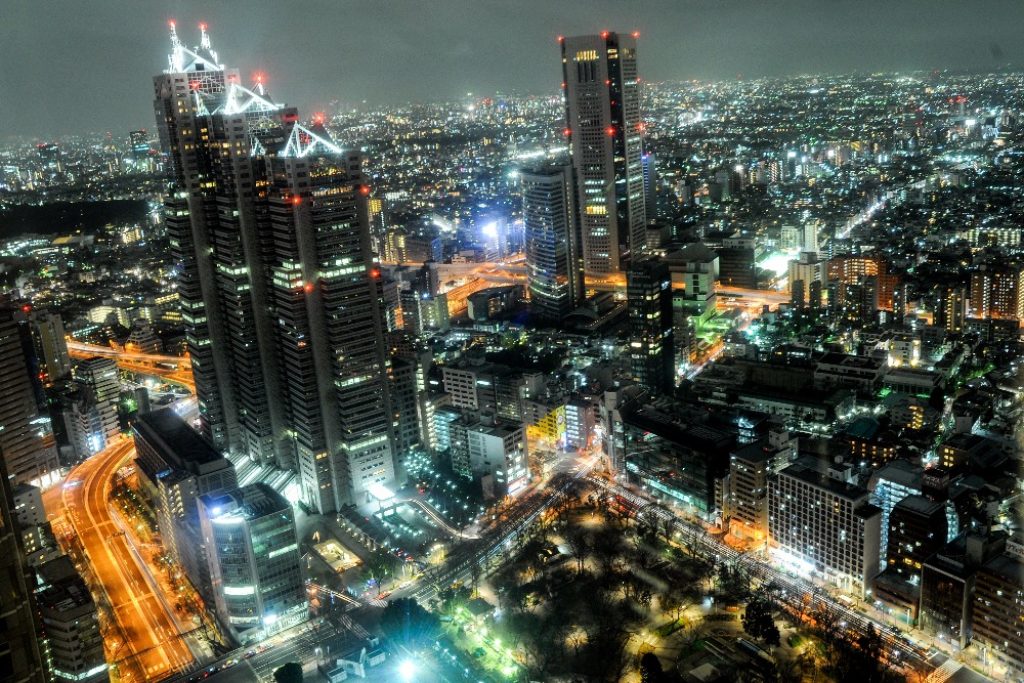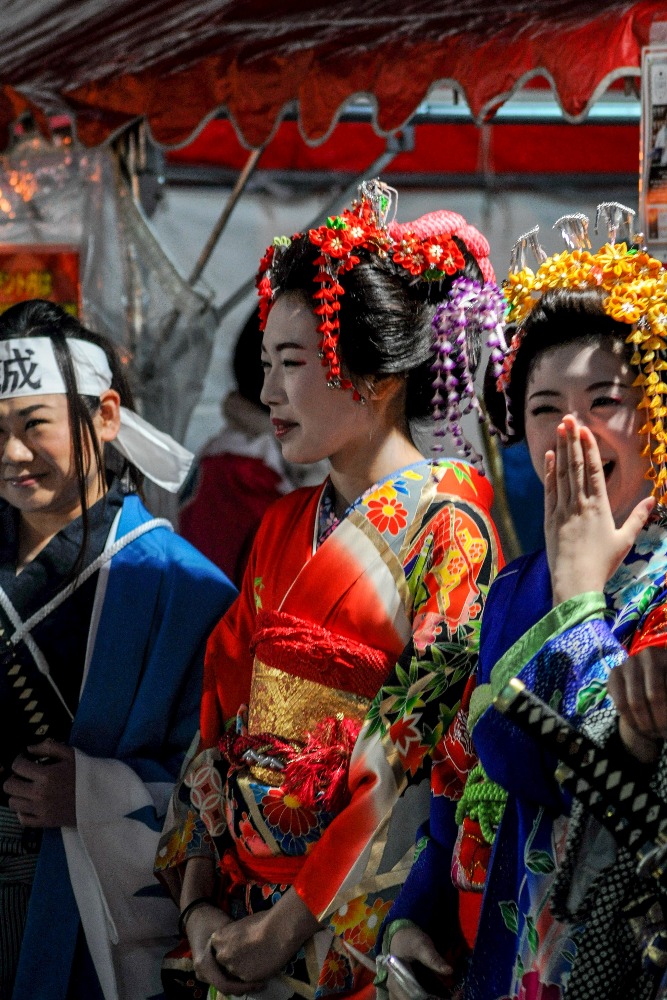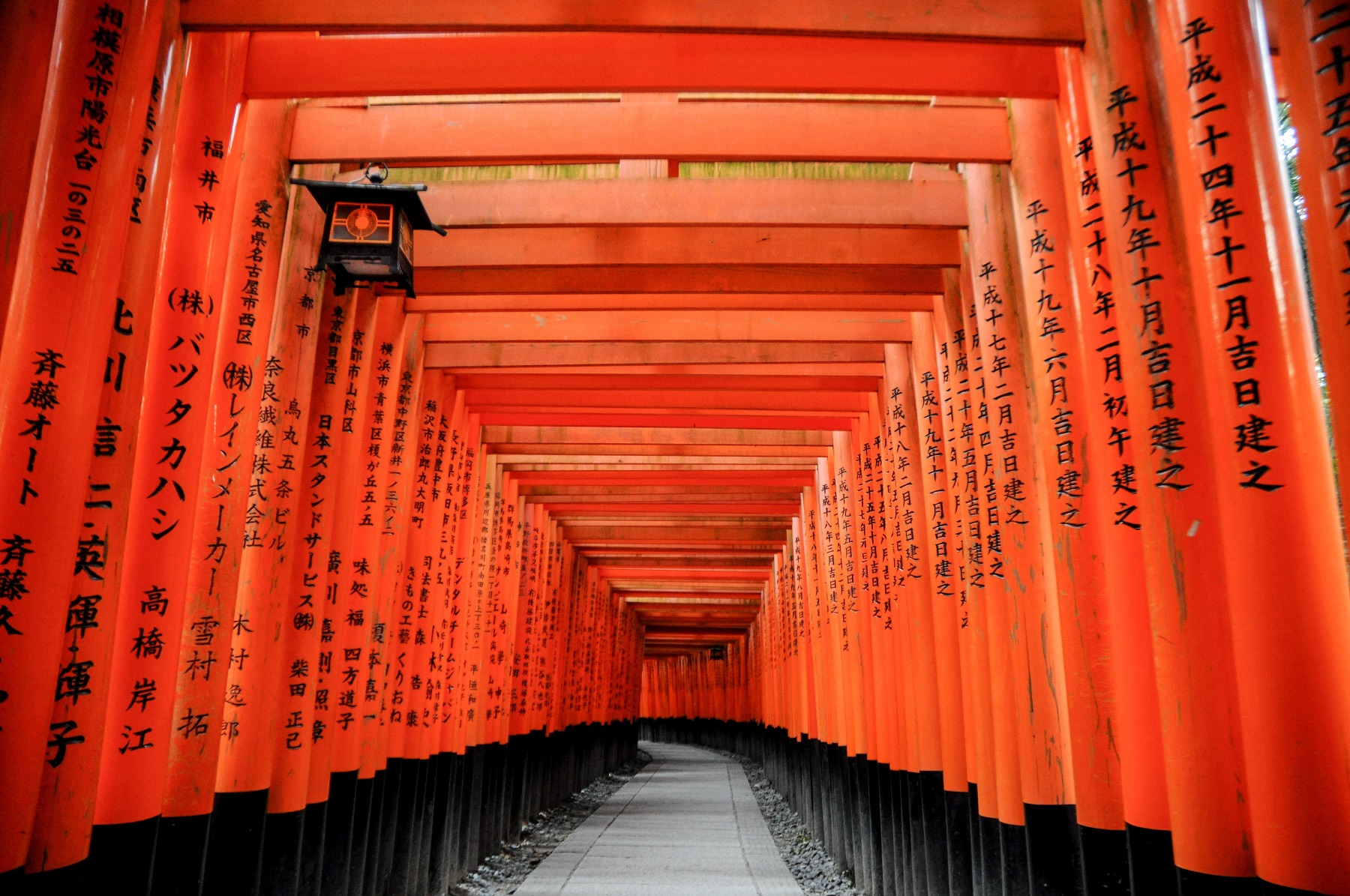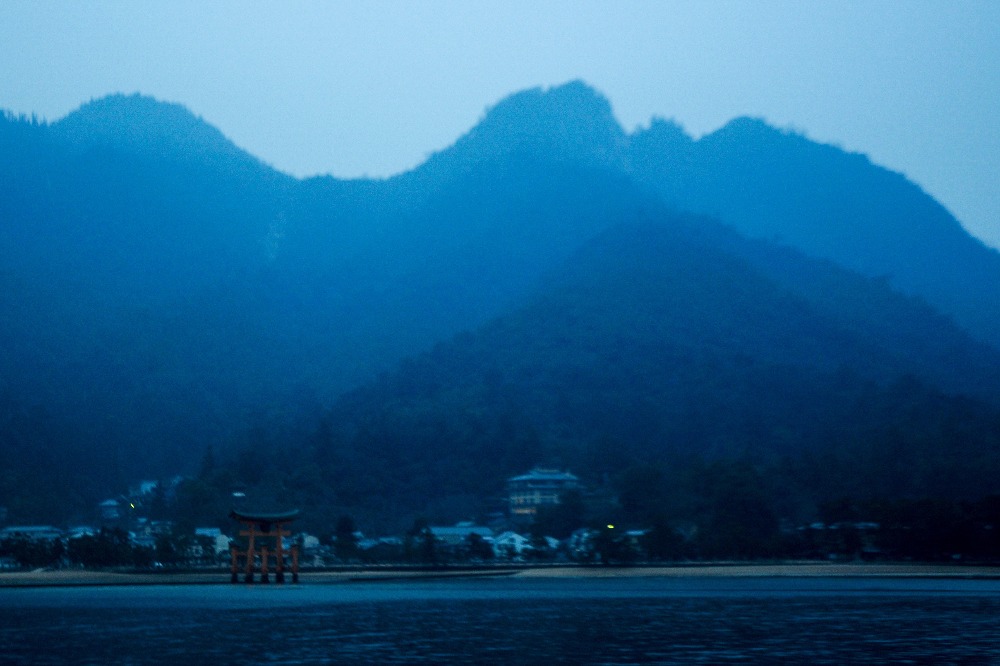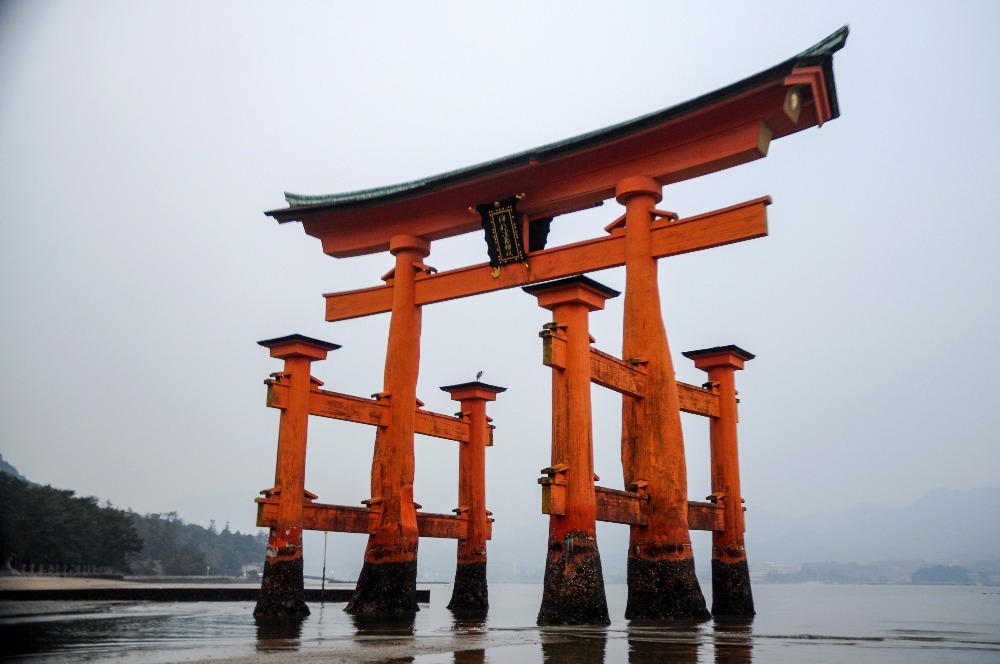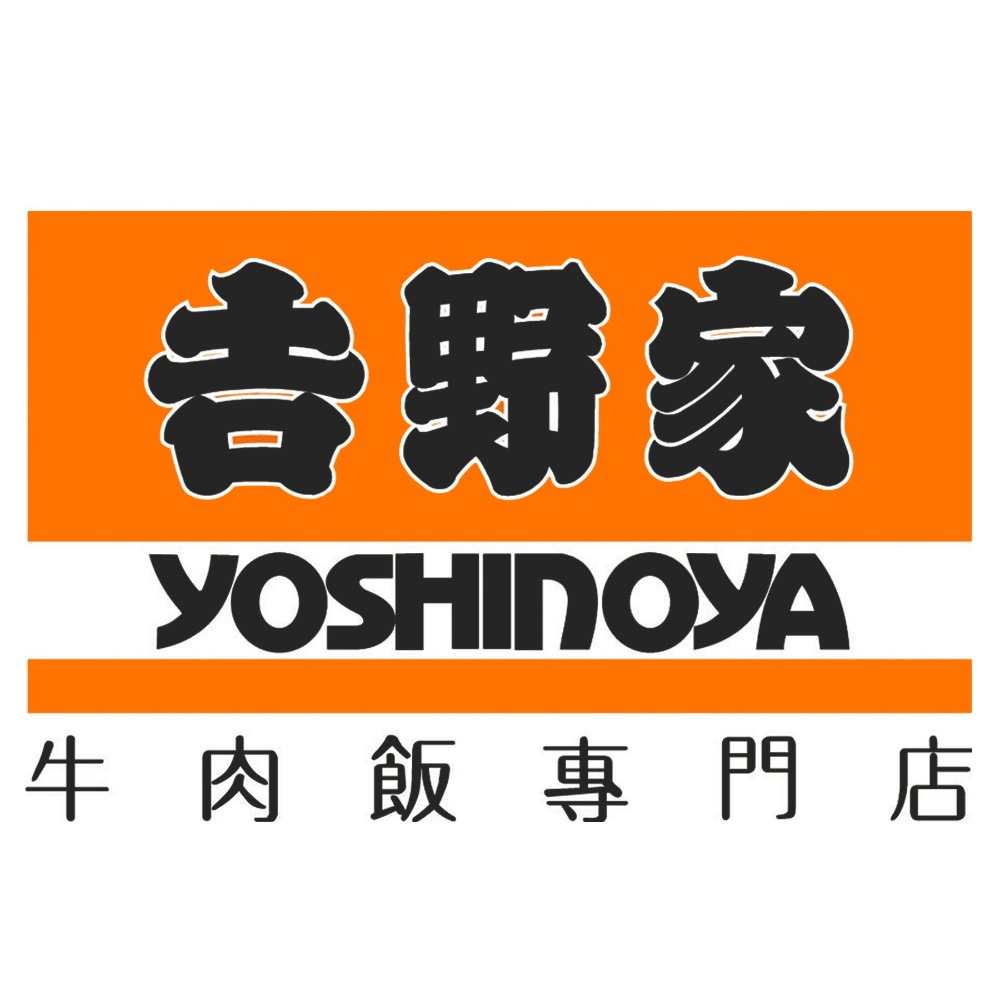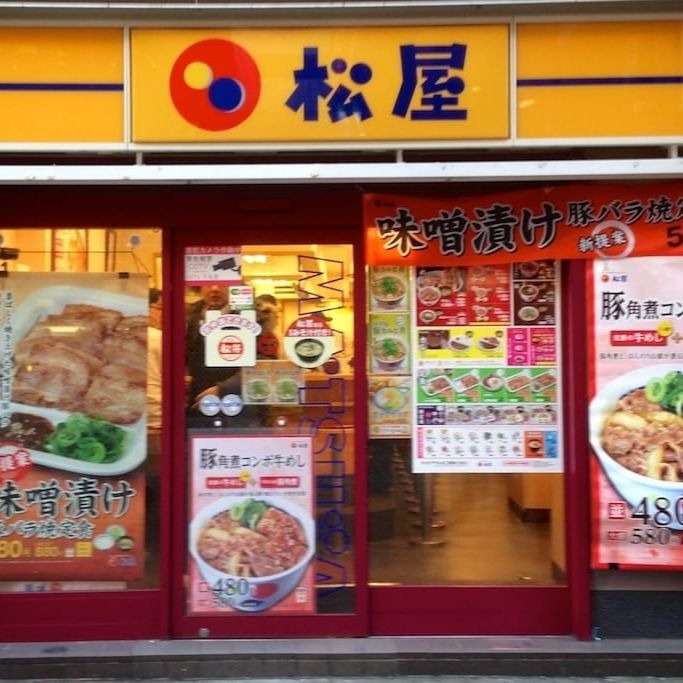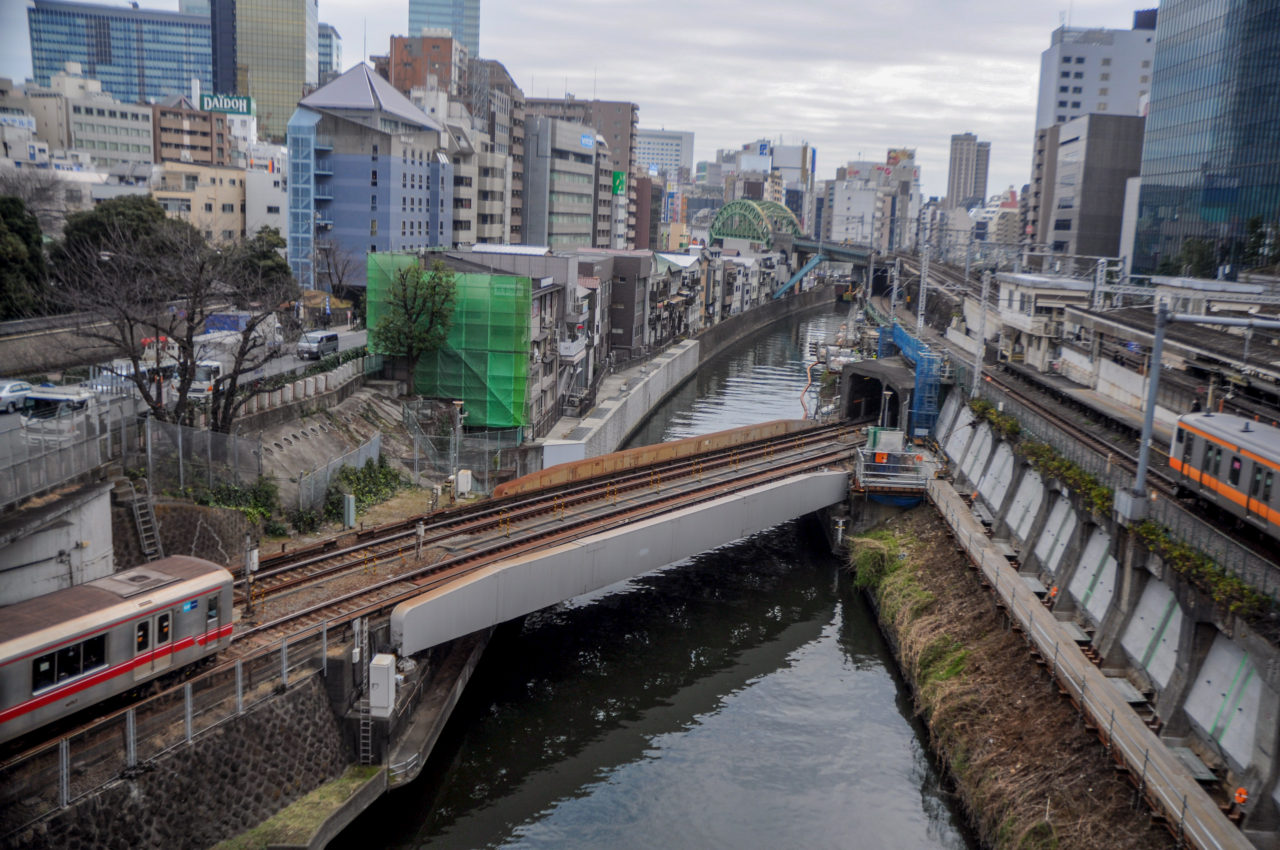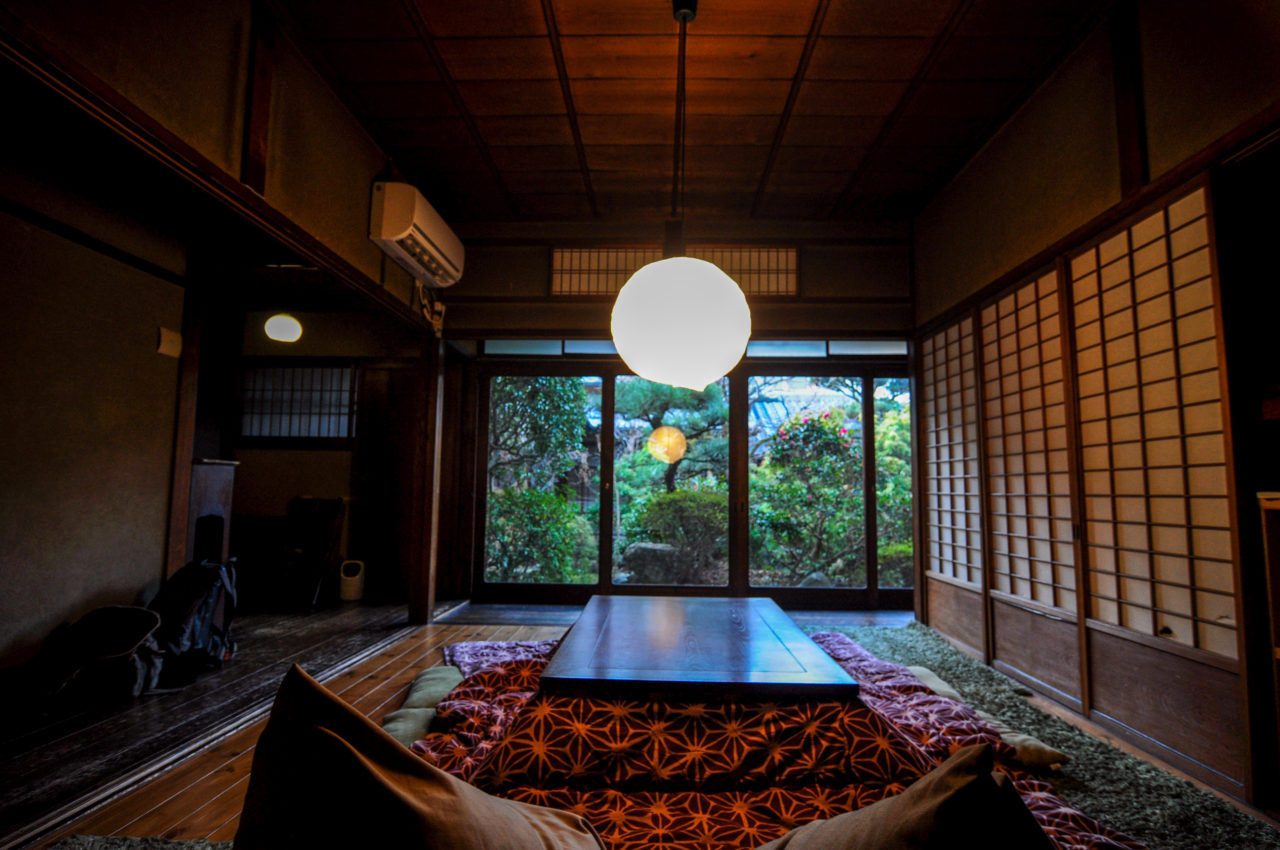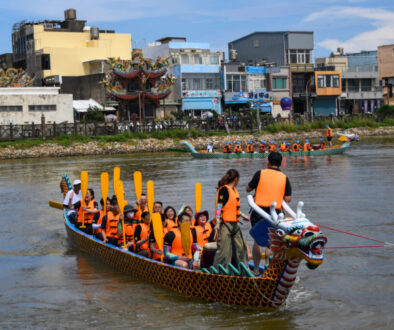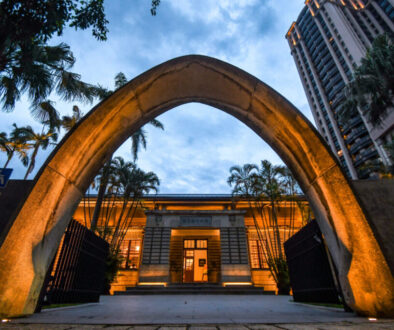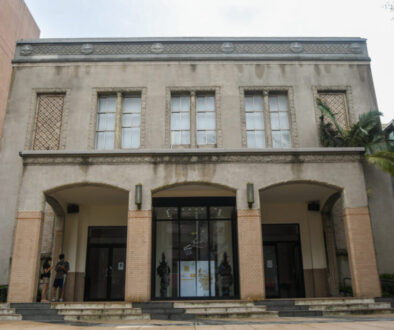Traveling Japan on a Budget
How To Save Money In Japan
Japan, by far, is one of the world’s most beautiful and culturally rich countries. But even though it is at the top of the list for most travelers, Japan is ultimately avoided due to the misconception of its high cost.
While Japan is, of course, not as cheap as your laid-back South East Asian destinations. It is still possible to travel in Japan on a budget, you just have to know how to. Those who just like to “wing it” will find it near impossible to save your yen in these more developed countries such as Japan. With careful planning, you can experience Japanese culture and still have plenty of savings to take you to your next destination.
Looking to travel up to the Japanese Alps? Check out Hida Takayama!
Travel in by Boat
For those travelers not restricted by a tight time frame, you may want to consider traveling to Japan by boat. While tickets flying directly to Japan may be expensive, it may be easier to fly into China or South Korea first before continuing onwards towards your adventure in Japan.
During my trip to Korea and Japan, I took the Beetle Ferry from Busan to Fukuoka. The price of the trip was around 65 USD and took around 3 hours. The Beetle Ferry website is a bit difficult to navigate around, but no need to worry, you can also book your tickets through aferry.com.
When taking the ferry, you need to be a bit flexible with your time. When I was due to travel from Busan by sea, I was delayed by a day due to a storm and rough seas. Aferry.com was quick to contact me and help move my reservation to the next day.
Be sure to check out more of traditional Japan at Shirakawa-go!
Japanese Fast Food
For cheap food but with more of a local feel, you have to go to either Yoshinoya or Matsuya. I personally coined them as being the “waffle house” of Japan. These restaurants are a perfect way to get a reasonable meal at a good price.
These restaurants are frequented by busy businessmen and blue-collar workers, stopping to get a quick bite before rushing back to the office. Also, be on the look-out for more “hole in the wall” restaurants. These may have outside seating or even no seating at all. Step up to the bar, eat your noodles, and be on your way to explore.
JR Pass
The Japanese Railway Pass is coveted by all local Japanese because of its freedom to travel and relatively low price. The cost of the pass is determined by the amount of time you will spend in Japan. Within that time frame, you can ride any JR train anywhere in the country without having to reserve or pay for a ticket.
In my case, for example, I booked my JR pass for 3 weeks, costing me a total of 496 USD. While that may sound expensive, if you are going to be seeing as much of the country as you can, you will make up the money in no time. A one-way ticket from Tokyo to Osaka costs around 135 dollars. Therefore, on a trip where you are going to three to four cities, you have already surpassed the cost of the JR pass.
The pass covers both trains running between cities and stops within cities themselves. This means that when staying in a city like Tokyo or Osaka you don’t even have to purchase subway tickets. When arriving at any station, flash your pass and off you go to board the train.
During my 3 week stay in Japan, I visited over 14 cities. Only a few select times did I ride a train that was no operated by JR. (For example, going to Mount Fuji or Nikko). The JR pass has to be booked before your arrival in Japan. If you are already in Japan you will be unable to purchase it.
Finally, it comes down to the question: “Do I need the JR Pass?”. If you are not planning to be moving around a lot, and only staying in one city, then, of course, the pass would not be for you. But if you are going to try and see as much of Japan as you can, the JR pass is a must. I purchased my JR pass through JapanExperience.com, very professional and quick to send the documents.
Accommodation
The hostels and hotels in Japan are comparable to what you would find in any other developed country, averaging to about 20 dollars a night. Having said that, the hostels are usually well decorated and comfortable. Some even adopting the capsule-style hotel that Japan is so famous for.
If you are a bit more of a recluse like I am, even a single room will not cost you too much. In Osaka for example, a single Japanese style room (meaning a mattress on the floor) might cost only 10 dollars a night in the city center. In my case, I stayed at the Business Hotel Mikado.
If you are more of a planner and want to save every penny, look at visiting the urban metropolises, such as Tokyo, during the weekdays. On the weekend the rate of a bed or room is raised drastically. Another thing to keep in mind is that some of the cheaper hotels are over an hour outside of the city.
Since the Tokyo city limits spread out and include many large neighborhoods it may be a good idea to switch hotels within Tokyo depending on what you are wanting to do. Many of the cheap hotels are not listed on Hostelworld, so be sure to check out booking.com for most of the Japanese style rooms.
Another option for those wanting to spend an extended period of time in Japan would be to look at doing a working holiday. Websites like helpx and workaway match travelers with hosts where they will do minimal amounts of work for free boarding and food.
Traveling in Japan was one of the most memorable trips of my life. Whenever someone asks me what was one of my favorite countries Japan always is one of my first answers. Do you have any other tips on how to travel to Japan on a budget? Leave a comment or email me to have your tip added.

